Types of Skin Cancer
There are three main types of skin cancers:
Basal cell carcinoma (BCC):
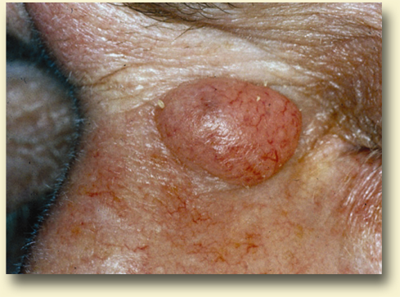 The most common form of skin cancer, affecting about 1 million Americans each year. More men than women are affected, but BCC is becoming increasingly common among women.
The most common form of skin cancer, affecting about 1 million Americans each year. More men than women are affected, but BCC is becoming increasingly common among women.
Basal Cell Carcinoma Warning Signs
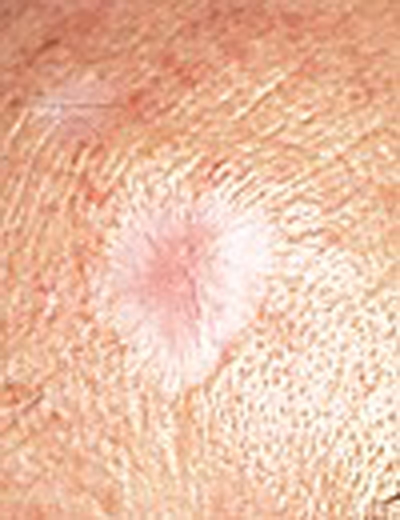
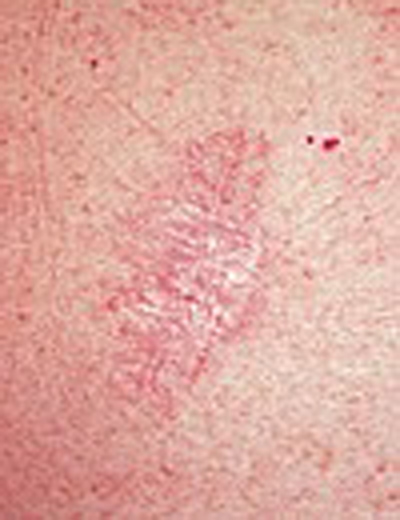
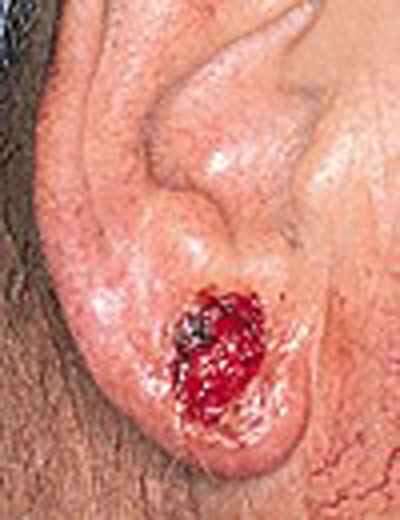
- An open sore that bleeds, oozes or crusts and remains open for weeks.
- Basal Cell Carcinoma Warning Signs – open sore
- A shiny bump or nodule that is pearly or translucent and is often pink, red or white.
- A reddish patch or irritated area. Sometimes crusts; it may itch or hurt.
- Basal Cell Carcinoma Warning Signs – reddish patch
- A pink growth with an elevated rolled border and a crusted indentation.
- A white, yellow or waxy scar-like area, often with poorly defined borders.
- Basal Cell Carcinoma Warning Signs – Scar like area
Squamous cell carcinoma (SCC):
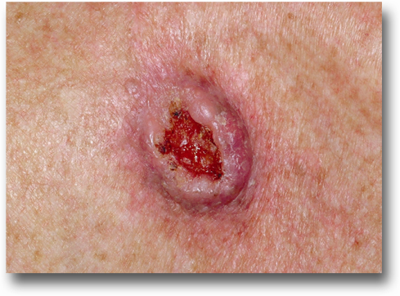 Between two and 10 percent of SCCs spread to distant tissues and organs. SCC causes about 2,500 deaths per year. Squamous Cell Carcinoma (SCC) is the second most common skin cancer, affecting more than 250,000 people each year.
Between two and 10 percent of SCCs spread to distant tissues and organs. SCC causes about 2,500 deaths per year. Squamous Cell Carcinoma (SCC) is the second most common skin cancer, affecting more than 250,000 people each year.
What to look for:
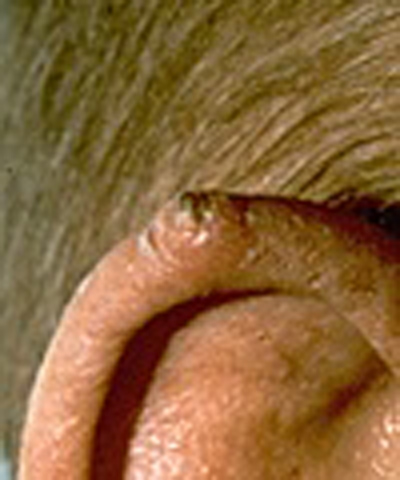
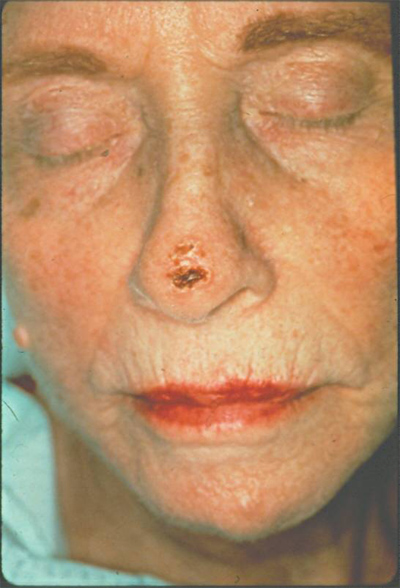
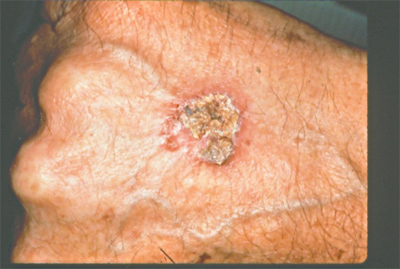
- An elevated growth with a central depression that occasionally bleeds
- Squamous Cell Carcinoma elevated growth
- A persistent, scaly red patch with irregular borders that may crust or bleed
- Squamous Cell Carcinoma scaly red patch
- A wart-like growth that crusts and occasionally bleeds
- Squamous Cell Carcinoma: wart-like growth
- An open sore that bleeds and crusts, persisting for weeks
Melanoma:
 Melanoma is the deadliest form of skin cancer, but when caught early is almost always curable. Moles with certain characteristics – the ABCDE’s – are early warning signs of melanoma.
Melanoma is the deadliest form of skin cancer, but when caught early is almost always curable. Moles with certain characteristics – the ABCDE’s – are early warning signs of melanoma.
Moles with certain characteristics – the ABCDE’s – are early warning signs of melanoma.
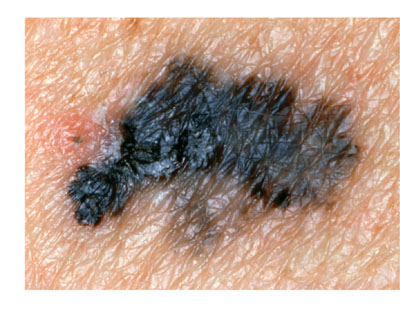
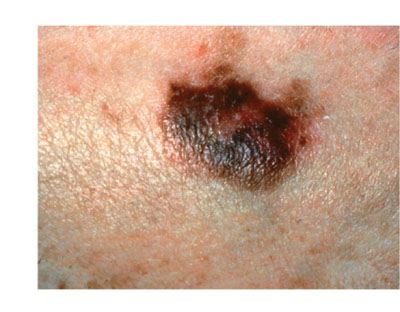

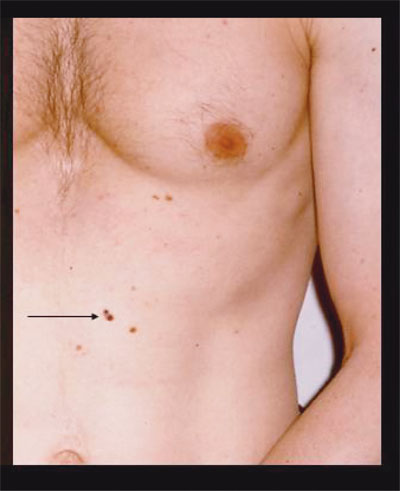
- A is for Asymmetry – An asymmetrical mole has sides that do not match.
- B is for Border – The borders of melanomas tend to be uneven, with scalloped or notched edges.
- C is for Color – Melanomas are often multicolored, in shades of brown or black, or even red, white or blue.
- D is for Diameter – Melanomas are usually bigger than a pencil eraser (1/4″ or 6mm) in diameter.
- E is for Evolving – Common moles look the same over time. Keep an eye out for moles that evolve or change in any way.



